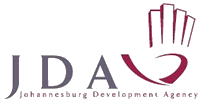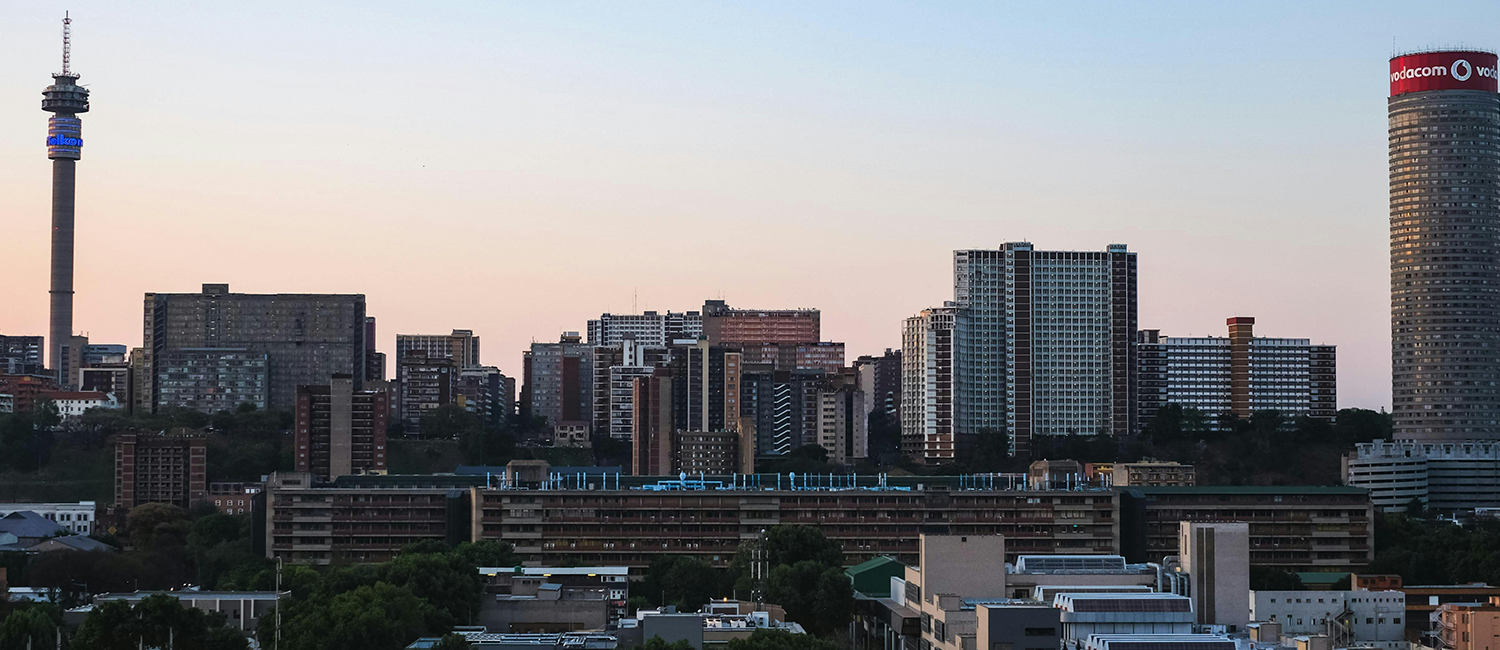THE hum of traffic from the double-decker M1 highway cuts through Newtown, but it’s just background noise down on Mary Fitzgerald Square, where a few people lounge around on the park benches.
Across at Newtown Park, groups of people rest under trees, mostly workers from the various institutions and businesses in Newtown – the last suburb of the inner city as Joburg spreads westwards – having a bite during their lunch break.
Bounded by Fordsburg to the west, Braamfontein to the north and Ferreirasdorp to the south, Newtown is known as the cultural hub of Johannesburg. In this small suburb, the arts flourish: there is the Market Theatre, Museum Africa, the Dance Factory, Bassline and many more, as well as a host of restaurants and bars.
Perhaps the best known is the Market Theatre, scene of much acclaimed struggle theatre in the dark days of apartheid. Today it maintains those credentials, but is cutting a path through a new world order as well.
It was established in 1976 by Barney Simon and Mannie Manim in the old fruit and vegetable market. Today, with more than three decades of treading the boards, the theatre complex is regarded as being at the forefront of the performing arts in South Africa. It is also actively involved in nurturing young and new talent.
It does this through several ventures, such as the Market Photo Workshop, a photography school that trains aspiring photographers. Young actors and directors are also trained at the Market Theatre Laboratory and Drama School.
Museum Africa
Around the corner is Museum Africa. Founded in 2005, it is both museum and library, housing large collections of primary source documents, books and artefacts.
Located on Bree Street, the museum is also a platform for artists and curators, whose works can be seen in the various temporary exhibitions on show.
Opposite the museum is the concrete-surfaced Mary Fitzgerald Square. At 11 312m2 square metres in size, it is often used to host big events, such as the Standard Bank Joy of Jazz International Festival, Joburg Arts Alive International Festival and other concerts. It was also an official fan site during the football World Cup in 2010. On weekends, there are often craft and art markets, with all manner of handmade items on sale.
Previously known as Aaron’s Ground, it was named after Mary Fitzgerald in 1939. Fitzgerald was the first female trade unionist in South Africa, as well as the first female councillor. She led many strikes for workers’ and miners’ rights, always carrying a pickhandle – in fact, she was known as Pickhandle Mary.
The square was used as a gathering point for strikers since her era, and hence was named in her honour.
Sci-Bono
Newtown also accommodates the country’s largest science centre, Sci-Bono Discovery Centre. The name Sci-Bono comes from an abbreviation of ‘science’ and ‘bono’, the Venda word for ‘vision’. This is a reflection of the centre’s mission to inspire insight into all aspects of modern science and technology, explains its website.
Set up to rouse interest in the wide world of science and technology and so hopefully inspire youngsters to study maths and science with a view to a career in the fields, Sci-Bono has both permanent and temporary displays.
It is located in the old Electric Workshop, which is – architecturally and structurally speaking – rather fitting for a science and technology centre. Sci-Bono aims to support education in mathematics, science and technology to improve public engagement with these fields, and to promote career education in these critical areas of the economy, explains its website.
Another perennially popular place in Newtown is SAB World of Beer. It is on Miriam Makeba Street, opposite Sci-Bono, and is a regular stop for local and international visitors. SAB World of Beer is open for tours from Tuesdays to Saturdays, from 10am to 6pm.
Dance Factory
For dance, Newtown is one of the best places to be. The Dance Factory has made its home at 10 Henry Nxumalo Street. It frequently hosts classes, workshops and performances, with a particular focus on communities that have been culturally, educationally and economically disadvantaged.
Acclaimed local and international dancers also perform here often.
With all the art houses in the suburb, the catering and hospitality industries have naturally followed. There are plenty of places to eat or drink, serving up a variety of food and entertainment.
Lunch hour finds many of these establishments filled with workers from the surrounding city businesses, some just relaxing for an hour with the sound of jazz playing in the background. Others feverishly race through their meals to get back to their desks. Some hold business meetings while others bring their laptops and carry on doing what they do.
There is Sophiatown Bar Lounge on Jeppe Street, between Mary Fitzgerald Square and Newton Park, for instance. It serves traditional food such as mogodu lim’mnqusho which is tripe and samp, and curry – either nge’lamb or nge’chicken.
Sophiatown is open during the week from 10am to 11.30pm, and on weekends until late.
Nearby is Nikki Oasis, which also offers a variety of traditional food accompanied by good wine that is usually locally produced. The soundtrack is jazz, the atmosphere is warm and arty. On weekends there is live music, and the place is open Mondays to Saturdays, from 11.30am till late.

